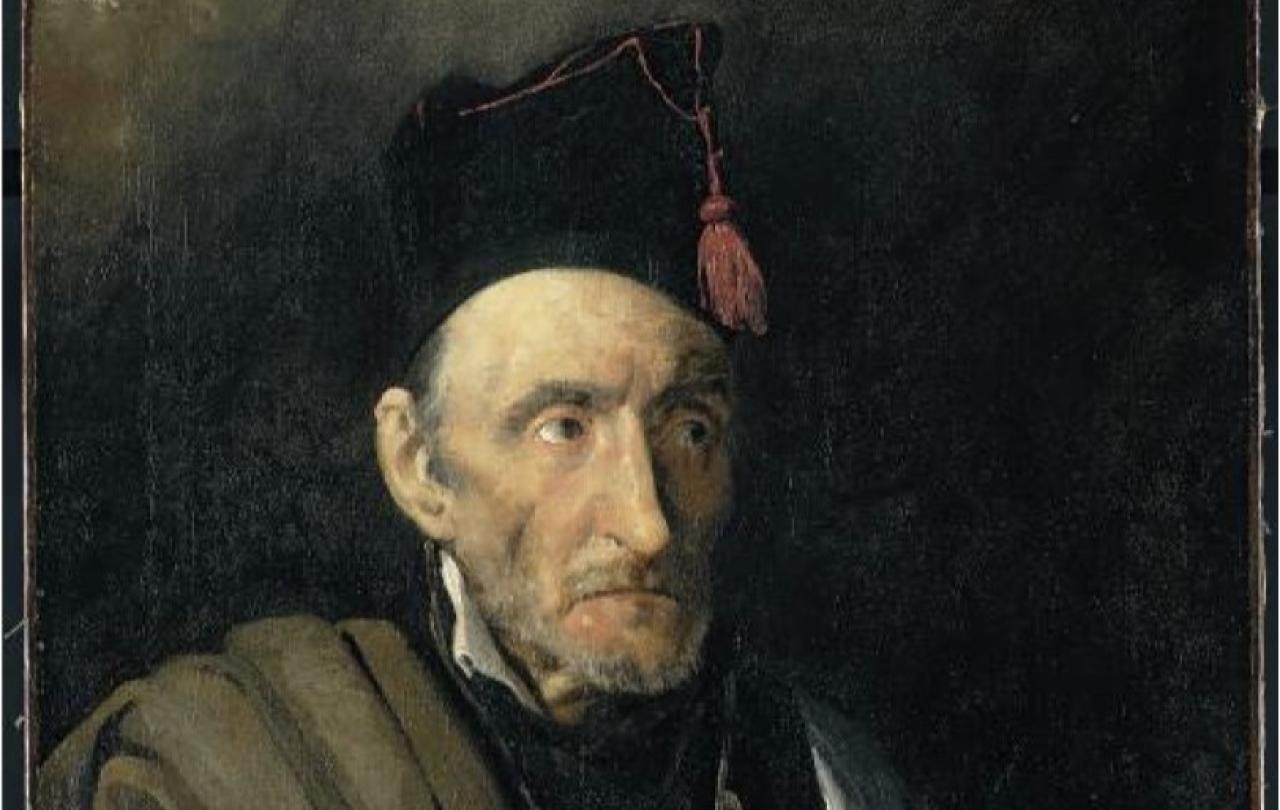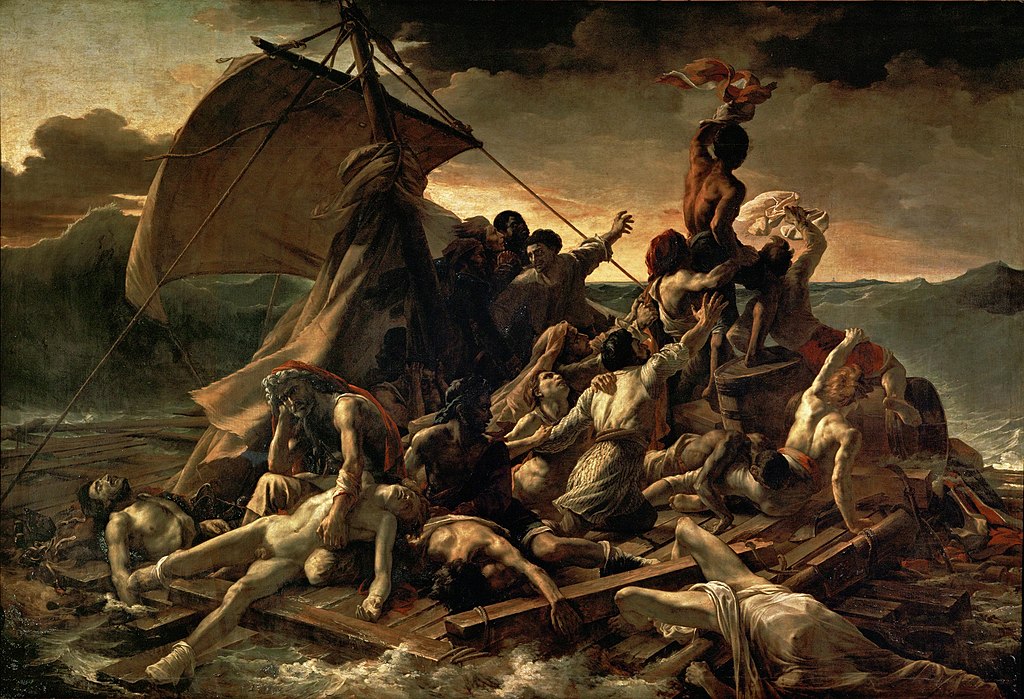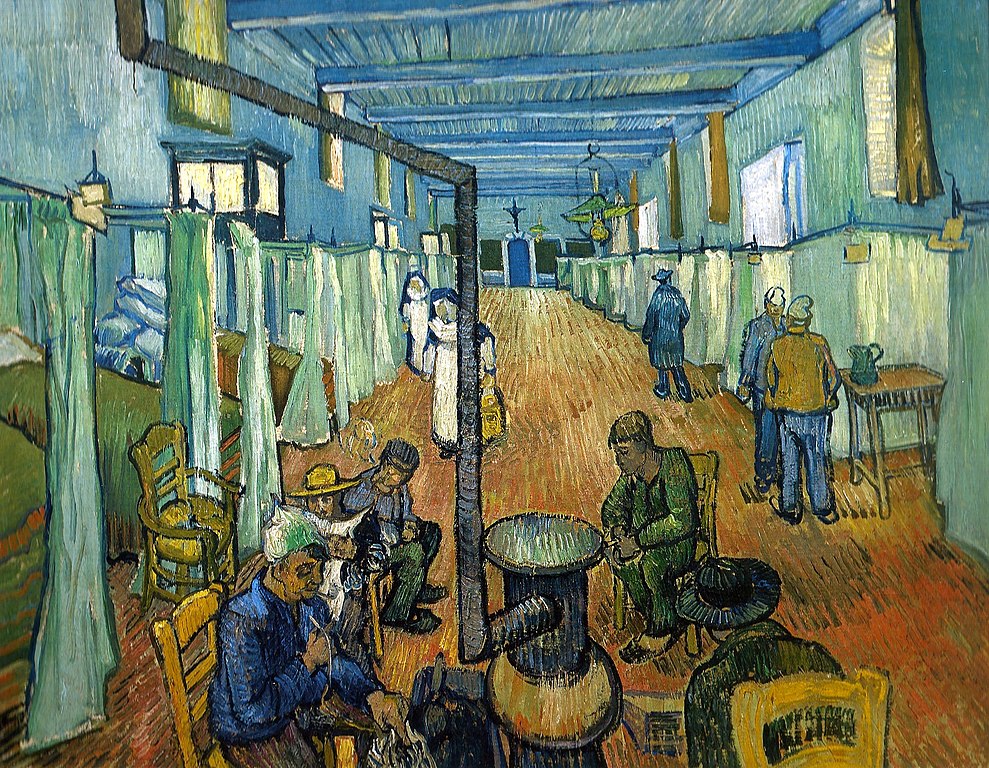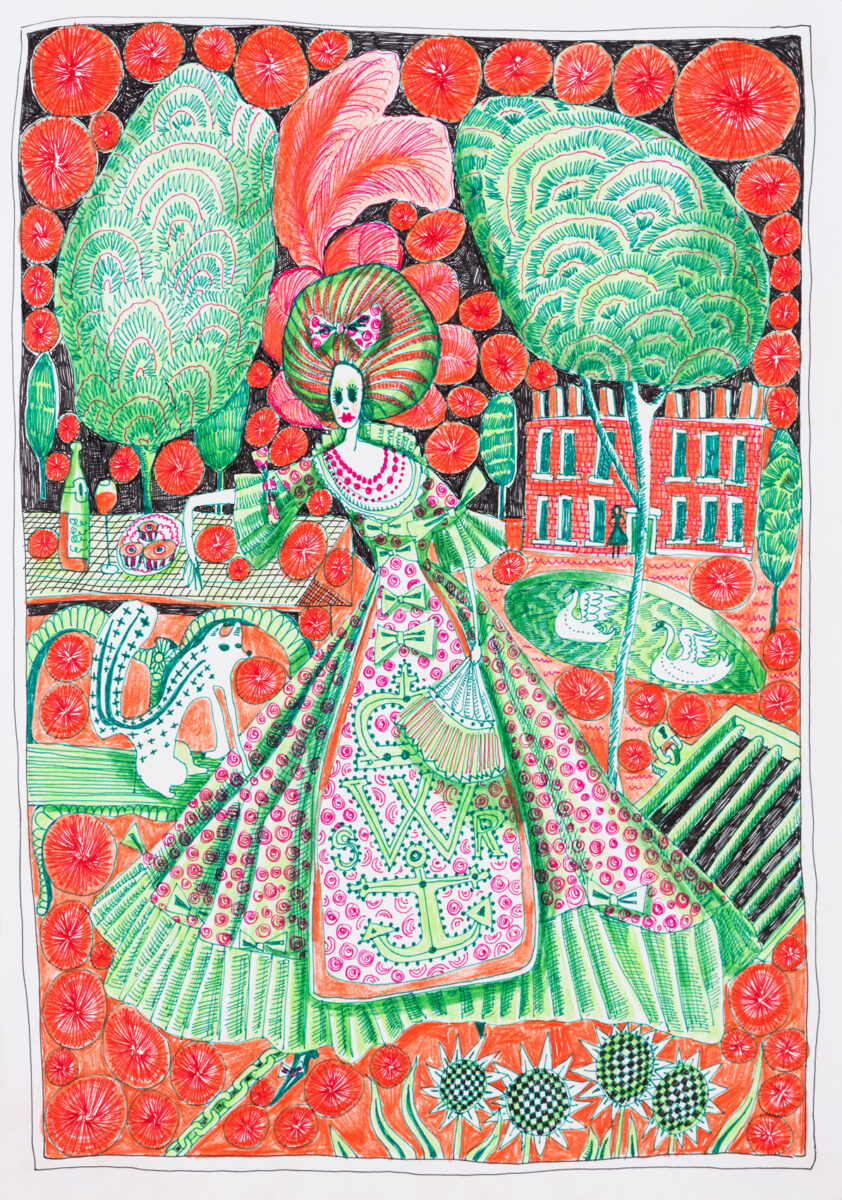
Are you going to make it to the end of this article? I'm aware, dear reader, that much of the responsibility for this is down to me. But spare a thought (or maybe an extra five seconds before returning to Instagram) for those wanting to communicate something of substance in today's abbreviated age. Take TED talks, for instance.
The already bite-sized format has had another chunk gorged out of it. Elif Shafak, a Turkish-British novelist needed to trim her TED talks from 19 to 13 minutes. In the view of The Times' editorial,
'Packing the world’s knowledge into the time it takes to heat a pizza might seem ambitious. Sadly, it now appears to be beyond the patience of those thirsting for enlightenment.'
It's worth us recognising that education and entertainment have blended in our consciousness ('E' in the TED acronym standing for 'entertainment'), with our era's pastime being consuming more information. And if we consider this, are our attention spans truly squeezed beyond the point of no return? I'm not so sure. We are also in the age of bloated films and slow-burn series. If we are invested in the entertainment we want, then we will cope. In fact, many theatres are doing away with intervals. The interval is a relatively modern invention. Susanna Butler writes that in Shakespeare's day not only did people have longer attention spans, but they could roam freely during the play. I suspect not many were distracted for long. For the information or entertainment provider, there's no excuse for being boring, or unnecessarily verbose.
But if we free ourselves from being dependant on dopamine, and take the longue durée of our lives, we open ourselves to learning in a new way. That's not to say that we should give up an ever-present expectation for the next hit of knowledge.
This is what it means when Christians are referred to as disciples: the word to describe an apprentice or student of their master. These disciples, to Rowan Williams,
'take it for granted that there is always something about to break through from the Master, the Teacher, something about to burst through the ordinary and uncover a new light on the landscape.'
This is the kind of expectation that doesn't front-load an Instagram reel with its best content in the first three seconds. It might be a quaint analogy, but as Williams writes, this has more in common with ornithologists.
'The experienced birdwatcher, sitting still, poised, alert, not tense or fussy, knows that this is the kind of place where something extraordinary suddenly bursts into view.'
I'll keep this as short as I can. But any hope of discipline in attentiveness must be sparked by the sight of the one who has infinite attention for us. And all the time in - and out of - the world.
Celebrate our 2nd birthday!
Since Spring 2023, our readers have enjoyed over 1,000 articles. All for free.
This is made possible through the generosity of our amazing community of supporters.
If you enjoy Seen & Unseen, would you consider making a gift towards our work?
Do so by joining Behind The Seen. Alongside other benefits, you’ll receive an extra fortnightly email from me sharing my reading and reflections on the ideas that are shaping our times.
Graham Tomlin
Editor-in-Chief










